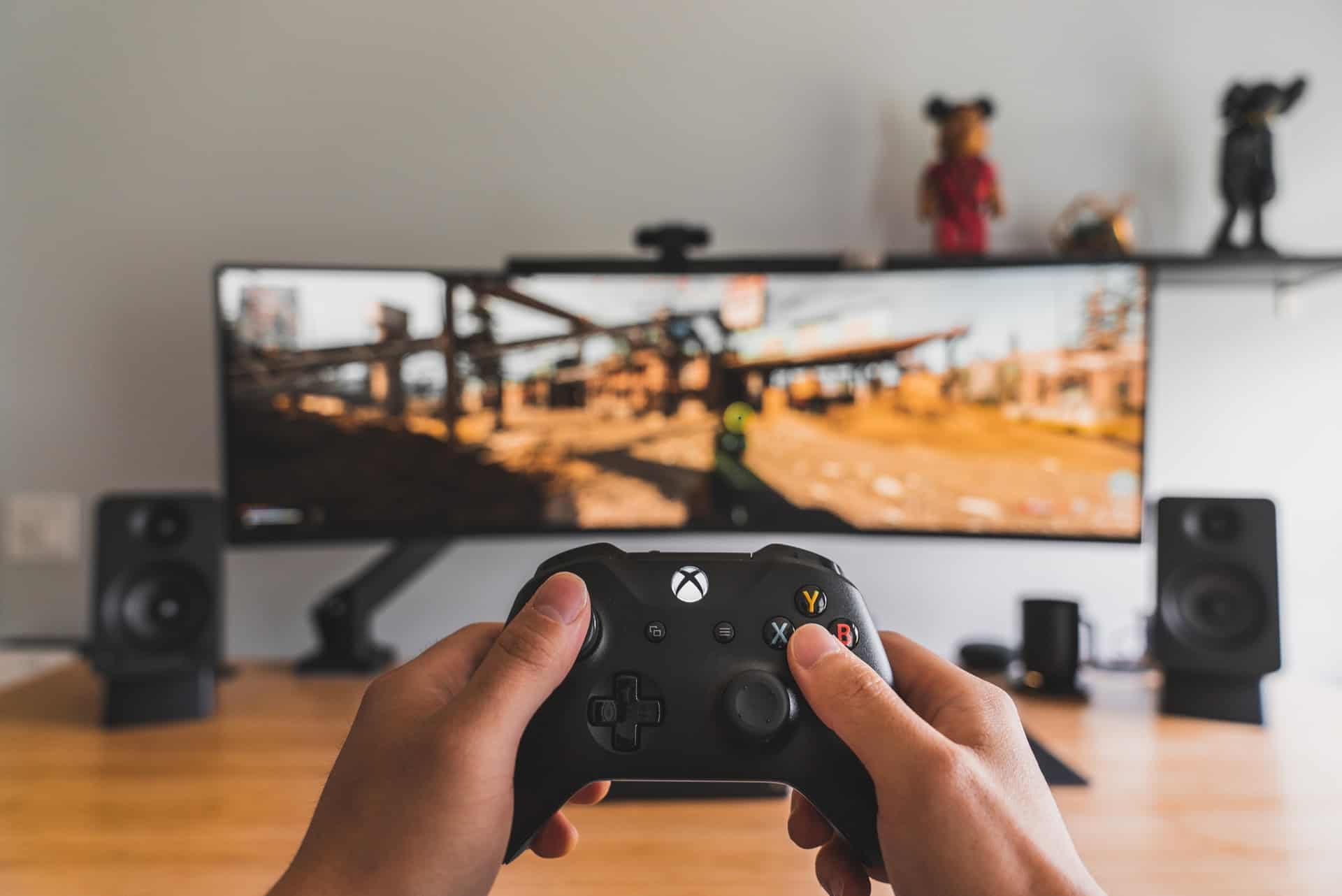The pro-gaming arena is incredibly competitive where every second counts. Achieving victory often hinges on the responsiveness of your game, which is heavily influenced by two critical factors: ping and packet loss. High ping can lead to frustrating delays, while packet loss can result in choppy gameplay.
To help gamers maximize their gaming experience, this article explores effective ways to lower ping and reduce packet loss, ensuring a smooth and uninterrupted gaming session.
Understanding Ping and Packet Loss
Before diving into the actual pro-gaming tips, let’s briefly understand what ping and packet loss is. Ping refers to the time it takes for data to travel from your device to the game server (or another’s player’s device) and back. Lower ping means less latency and faster response times. On the other hand, packet loss occurs when data packets (a unit of data) fail to reach their destination. This can be caused by a number of reasons like the number of users connected to the same network simultaneously or your signal loss from a satellite internet connection. Whatever the reason for the packet loss, the result is that you get disrupted gameplay and lag.
So, what you can you do to improve your gaming setup and reduce gaming lags?

- Optimize Your Internet Connection
To enhance your gaming experience, start by optimizing your internet connection:
- Upgrade to High-Speed Internet. Consider upgrading to a faster internet plan that offers stable and high-speed connectivity. A reliable and high-speed connection is crucial for minimizing ping and packet loss.
- Wired Connection. Use an Ethernet cable to connect your gaming device directly to the router. This eliminates the potential interference and instability associated with wireless connections, resulting in lower latency and reduced packet loss.
- Close Background Applications. Close any unnecessary applications and processes running in the background. Bandwidth-consuming activities can cause network congestion, leading to increased ping and packet loss.
- Choose the Right Game Server
Selecting the appropriate game server is crucial for optimizing your gaming experience:
- Geographical Proximity. Choose a game server located closer to your physical location. The shorter the distance, the lower the ping and potential packet loss. Prioritize servers in your region for optimal performance.
- Server Population. Opt for game servers with lower player populations. Crowded servers can lead to increased network congestion and higher ping. Choosing less populated servers can help reduce latency and packet loss.
- Use a VPN for Routing Optimization
A virtual private network (VPN) can assist in optimizing your routing path, resulting in reduced ping and packet loss. VPNs can reroute your connection to avoid congested or inefficient network routes, leading to improved overall performance.
- Optimize Game Settings
Fine-tuning your in-game settings can significantly impact your ping and packet loss:
- Graphics Settings. Lower graphic settings in your game to reduce the strain on your system. This can result in improved performance and lower ping.
- Network Quality. Check if your game has an option to adjust network quality. Lowering this setting prioritizes network stability over visual fidelity, reducing the chances of packet loss.
- Update Network Drivers and Firmware
Outdated network drivers and firmware can contribute to increased ping and packet loss. As such, you need to check for updates to ensure your driver software maintains compatibility with your updated operating system. Moreover, if you have a router, it’s a good idea to update the firmware to fix any issues with your hardware. Keeping your network devices updated can help optimize performance and address any known issues.
- Minimize Network Congestion
Network congestion is a common cause of increased ping and packet loss. Here’s how to minimize it:
- Limit Bandwidth Usage. Avoid engaging in bandwidth-intensive activities, such as large downloads, streaming, or file transfers, while gaming. These activities consume significant bandwidth and can lead to network congestion, resulting in higher ping and packet loss.
- Quality of Service (QoS). Enable QoS settings on your router if available. QoS allows you to prioritize gaming traffic over other activities, ensuring a smoother gaming experience. This can help reduce ping and packet loss by giving gaming data higher priority.
- Consider Gaming-Specific Routers
Investing in gaming-specific routers designed for low-latency gaming can provide an additional edge in reducing ping and packet loss. These routers often come equipped with advanced features such as Quality of Service optimization, traffic prioritization, and gaming-focused firmware, which can significantly enhance your gaming experience.
Final Thoughts
Lowering ping and reducing packet loss are essential steps for gamers who are aiming to achieve peak performance in their gaming endeavors. Through these tips and suggestions, you can optimize your gaming setup and connection speeds, giving you the edge over the competition.

Remember that while these individual upgrades may bring only minor improvements, they all add up, squeezing every last bit of speed to boost your gaming experience. So, get rid of your gaming lags and implement these pro-gaming tips. Step up your gaming performance and blow your competition away with your leveled-up gaming setup.